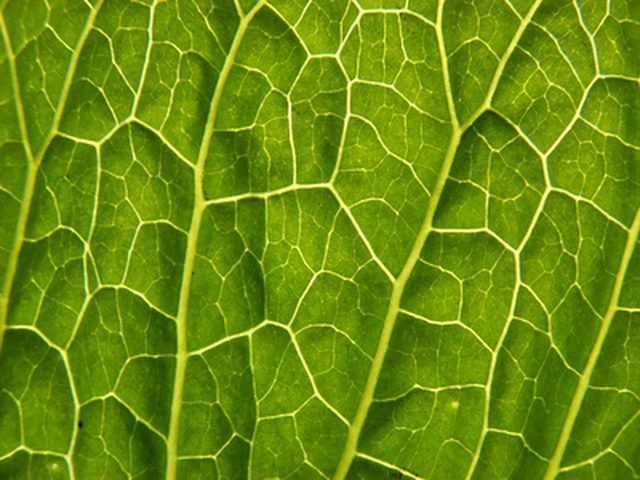Bulbs
Flower Basics
Flower Beds & Specialty Gardens
Flower Garden
Garden Furniture
Garden Gnomes
Garden Seeds
Garden Sheds
Garden Statues
Garden Tools & Supplies
Gardening Basics
Green & Organic
Groundcovers & Vines
Growing Annuals
Growing Basil
Growing Beans
Growing Berries
Growing Blueberries
Growing Cactus
Growing Corn
Growing Cotton
Growing Edibles
Growing Flowers
Growing Garlic
Growing Grapes
Growing Grass
Growing Herbs
Growing Jasmine
Growing Mint
Growing Mushrooms
Orchids
Growing Peanuts
Growing Perennials
Growing Plants
Growing Rosemary
Growing Roses
Growing Strawberries
Growing Sunflowers
Growing Thyme
Growing Tomatoes
Growing Tulips
Growing Vegetables
Herb Basics
Herb Garden
Indoor Growing
Landscaping Basics
Landscaping Patios
Landscaping Plants
Landscaping Shrubs
Landscaping Trees
Landscaping Walks & Pathways
Lawn Basics
Lawn Maintenance
Lawn Mowers
Lawn Ornaments
Lawn Planting
Lawn Tools
Outdoor Growing
Overall Landscape Planning
Pests, Weeds & Problems
Plant Basics
Rock Garden
Rose Garden
Shrubs
Soil
Specialty Gardens
Trees
Vegetable Garden
Yard Maintenance
Comparison of Ferns & Flowering Plants
Comparison of Ferns & Flowering Plants. Vascular plants are a foundation of life on Earth. Both ferns and flowering plants turn sunlight, water and carbon dioxide into food and oxygen. The fern family is ancient, whereas the flowering plant family, called angiosperms, is a more recent evolutionary development.

Vascular plants are a foundation of life on Earth. Both ferns and flowering plants turn sunlight, water and carbon dioxide into food and oxygen. The fern family is ancient, whereas the flowering plant family, called angiosperms, is a more recent evolutionary development.
Similarities
Both ferns and flowering plants have roots and a vascular system that transports water and nutrients around the plant, although flowering plants have a much more advanced system. Although flowering plants now dominate the planet, ferns have managed to find niches to grow alongside their more-advanced cousins in the same environmental conditions.

Sexual Reproduction
Flowering plants and ferns both go through a phase where male and female are separated into a sperm and egg, then reunited with fertilization. Flowering plants do this with pollination and seed production. Ferns produce spores that form a fingernail-sized, flat, heart-shaped leaf horizontally on the ground when germinated. The sexes then separate and the sperm swims through moisture on the leaf surface to the egg.

Adaptation
Flowering plants are considered by botanists to be more advanced than ferns. Seeds have enabled flowering plants to spread to different climate conditions that are not moist enough to enable fern reproduction. In moist, low-light conditions, such as a rainforest floor, ferns have the advantage over flowering plants because they can survive with less light.
